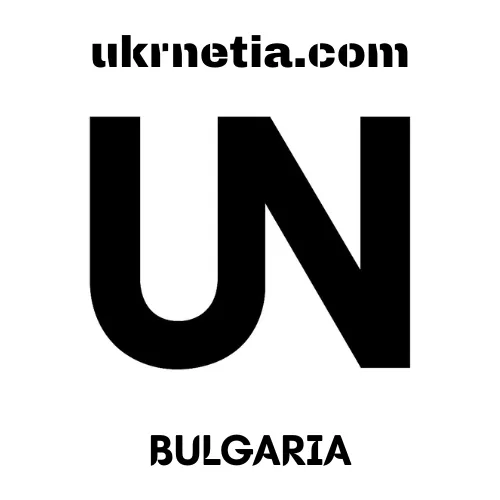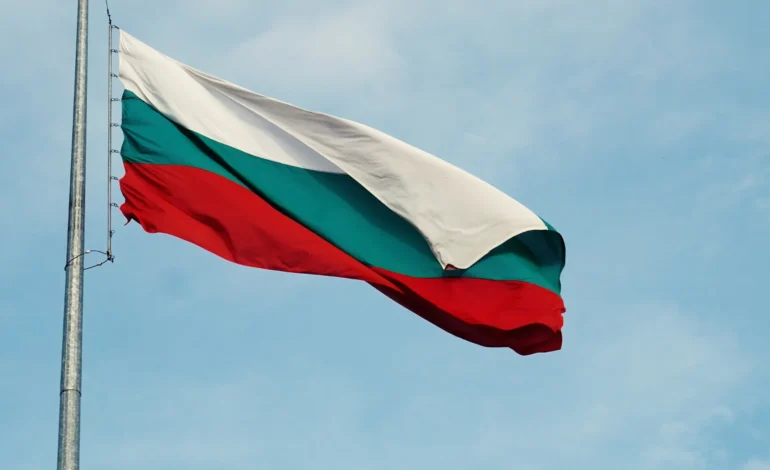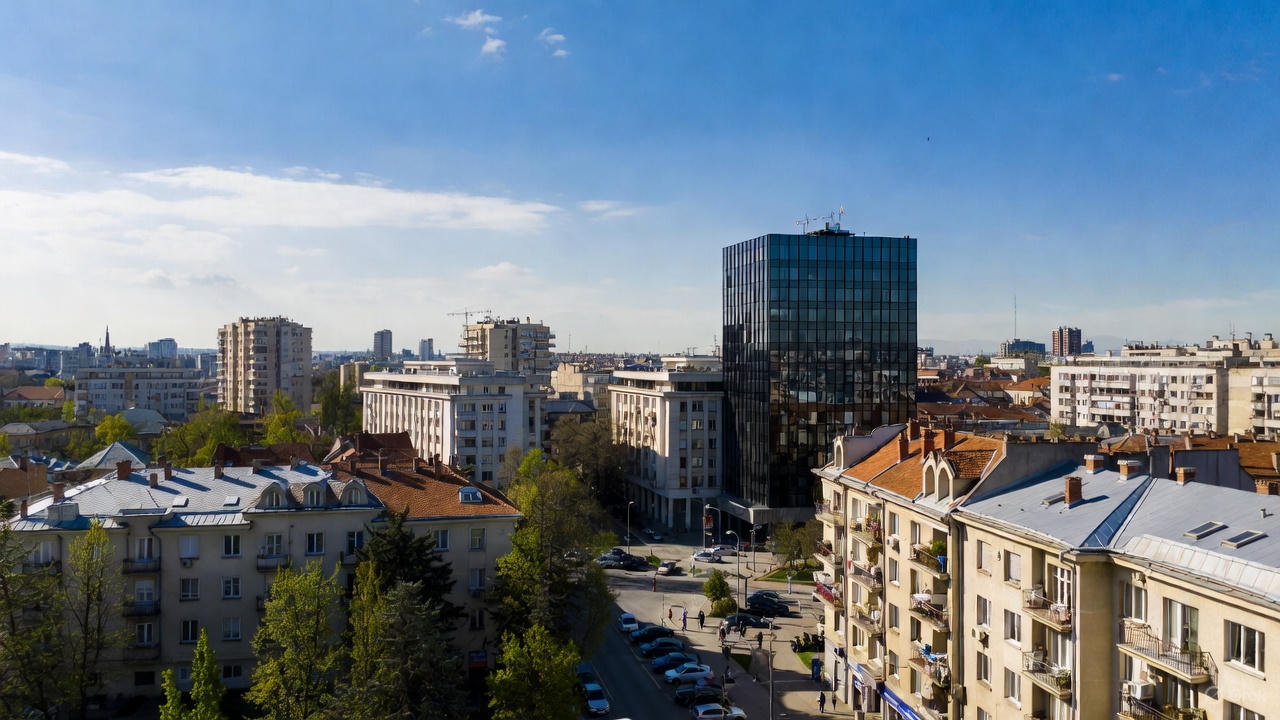Bulgaria’s Economic Outlook 2025: Growth Drivers and Emerging Challenges

Bulgaria stands at a pivotal juncture in 2025, navigating a complex economic landscape characterized by moderate growth expectations, historic monetary integration, and persistent structural challenges. As one of the European Union’s emerging economies, the country is poised for transformation while confronting obstacles that could determine its trajectory for years to come.
Economic Growth Projections: A Mixed Picture
The International Monetary Fund projects Bulgaria’s GDP growth at three percent in 2025, rising to 3.1 percent in 2026, reflecting a cautiously optimistic outlook that has been revised upward throughout the year. The European Bank for Reconstruction and Development raised its forecast to 3.2 percent for 2025, moderating to 2.6 percent in 2026, contingent on sustained public investment and successful euro adoption.
However, these projections mask underlying volatility. The European Commission forecasts more conservative growth of two percent in 2025 and 2.1 percent in 2026, citing both external and domestic factors. The divergence in forecasts reflects genuine uncertainty about how various growth drivers and constraints will interact throughout the year.
After accelerating to 2.8 percent in 2024, real GDP growth rose to 3.2 percent year-on-year in the first half of 2025, with private consumption proving resilient despite some moderation of wage growth. This performance exceeded initial expectations, driven primarily by robust household spending and improving labor market conditions.
Primary Growth Drivers
Household Consumption and Wage Dynamics
Private consumption remains the cornerstone of Bulgaria’s economic growth. GDP increases are driven by household consumption growth, supported by ongoing high income and credit growth, alongside higher government investment with the rollout of EU funds. Strong wage increases, particularly in the public sector, have bolstered purchasing power and sustained domestic demand.
Despite some moderation of wage growth, private consumption was resilient, while the unemployment rate fell to 3.6 percent by mid-year. The tight labor market continues to exert upward pressure on wages, though concerns are mounting about wage-driven inflation potentially complicating the country’s economic stabilization efforts.
Euro Adoption: A Historic Milestone
Bulgaria’s planned adoption of the euro on January 1, 2026, represents the most significant structural change on the horizon. This transition promises enhanced prosperity and security, though it presents unique challenges, particularly for small businesses. The country is preparing for a dual currency period during which both levs and euros will be accepted for one month.
Euro adoption is anticipated to bring considerable benefits including enhanced economic stability, lower borrowing costs, increased foreign direct investment, and simplified trade and tourism. The fixed exchange rate of 1.95583 leva per euro, which has been in place since 1999 through Bulgaria’s currency board arrangement, means the transition should preserve monetary stability.
Following the approval of eurozone accession, Bulgaria is benefiting from credit rating upgrades and lower financing costs, with positive spillover effects already visible in financial markets. The country will gain institutional representation at the European Central Bank, providing direct influence over monetary policy decisions affecting its economy.
EU Funds and Public Investment
European Union funding represents a critical growth catalyst. Public investments would be supported by intensified EU funds absorption, with the projected acceleration in the absorption of EU funds expected to support moderate investment growth that accelerates in 2026. Bulgaria has access to substantial resources through various EU programs, including cohesion policy funds and the Recovery and Resilience Facility.
The EU has contributed approximately 16.3 billion euros to Bulgaria since its accession in 2007, with large-scale investments in infrastructure and other key areas boosting modernization. For the 2021-2027 period, cohesion policy funding provides Bulgaria with 10.7 billion euros aimed at supporting competitiveness, green transition, and social convergence.
Schengen Integration Benefits
On January 1, Bulgaria joined the EU’s Schengen zone, which guarantees free movement of people in 29 countries. This development enhances Bulgaria’s attractiveness for trade and tourism, reducing border friction and transaction costs for businesses. The full Schengen membership complements the upcoming euro adoption, further integrating Bulgaria into European economic structures.
Emerging Challenges and Headwinds
Private Investment Contraction
Private investment is projected to contract in 2025 and 2026 due to heightened economic uncertainty. This trend reflects both domestic political instability and broader concerns about the global economic environment. Both public and private investment have been weak due to political uncertainty and low absorption and delay of EU funds.
Foreign direct investment inflows fell by almost 55 percent compared to 2023, to 1.49 billion euros, equivalent to just 1.5 percent of GDP versus 3.5 percent in 2023. Political instability and governance concerns have deterred investors, creating a vicious cycle where weak investment undermines growth potential and competitiveness.
Industrial Decline and Export Weakness
Bulgaria’s industrial sector faces persistent challenges. Industrial activity fell below its pre-pandemic levels in the first three months of 2025, reflecting continued declines in mining and energy production, with manufacturing output continuing its downward trend. This decline is particularly concerning given the sector’s historical importance to Bulgaria’s economy.
Exports of goods and services contracted, weighed down by the Russian war of aggression, with combined nominal goods exports to Ukraine and the Russian Federation contracting by around one third compared to the previous year. Exports will grow slowly reflecting weaker growth in other EU economies, with export growth held back by weak demand in key EU markets, particularly Germany.
The external environment poses additional risks. US tariffs on EU exports will negatively affect Bulgaria’s industrial production and exports, potentially compounding existing weakness in manufacturing sectors.
Inflationary Pressures
Inflation has emerged as a significant concern. Inflation rose to 5.3 percent in July 2025, driven partially by an increase in the rate of value-added tax levied on bread and restaurants to 20 percent. Headline inflation has been rising and wage pressures remain elevated, with sustained wage growth risking hindering the moderation of inflation.
For 2025, increased indirect taxes, higher prices for electricity, utilities and food, and hikes in international tariffs are set to weigh on the economic outlook, with private consumption set to grow more moderately than in 2024, constrained by temporarily higher inflation and precautionary savings. The inflationary environment threatens to erode real incomes and dampen consumer spending, the primary engine of growth.
EU Funds Absorption Difficulties
Despite the availability of substantial EU funding, Bulgaria continues to struggle with effective absorption. Bulgaria is recording a slowdown of EU funds absorption, which could limit new investments in infrastructure and energy efficiency of the building stock, with insufficient administrative capacity, lack of project readiness, new priorities at EU level, and political instability contributing to underutilization.
Managing authorities have used the mid-term review to quietly lower expectations, scaling down large-scale strategic investments into smaller-scale fragmented projects just to ensure funds don’t go unused. This approach prioritizes spending over strategic impact, potentially limiting the long-term benefits of EU support.
While EU funding is available, these resources are not fully leveraged to further boost productivity, resulting in low investment rate and persistent infrastructure gaps. Governance weaknesses and administrative capacity constraints continue to hamper effective utilization of available resources.
Political Instability and Governance Issues
Political volatility remains a persistent drag on economic performance. Against expectations, a minority coalition government was formed in January 2025, heralding a possible end to almost four years of political squabbling that impeded reforms and put EU funds absorption at risk. However, uncertainty persists about the government’s stability and effectiveness.
Political stability remains crucial for euro adoption in 2026, especially if rising inflation necessitates a more accommodating stance from European leaders. The formation of a government including a pro-Russian party raises questions about policy consistency and reform commitment, though official statements maintain support for European integration.
Monetary Policy Constraints
Interest rates have followed those in the euro area under the currency board, but transmission to the Bulgarian economy is slow and incomplete due to high liquidity and stiff competition in the banking sector, leading to lending rates below euro area norms and strong domestic credit growth. This disconnect creates challenges for economic management, with credit growth potentially fueling asset bubbles or unsustainable spending patterns.
The upcoming euro adoption will formalize Bulgaria’s loss of independent monetary policy, though the currency board arrangement has already constrained monetary flexibility for over two decades. The key question is whether eurozone monetary policy will be appropriate for Bulgaria’s economic conditions.
Fiscal Outlook and Debt Dynamics
The general government deficit for 2025 is projected to decrease to 2.8 percent and to remain constant in 2026, with the debt-to-GDP ratio set to increase to 25.1 percent and 27.1 percent in 2025 and 2026 respectively. While Bulgaria maintains one of the lowest debt ratios in the European Union, the upward trajectory requires monitoring.
Bulgaria’s 2025 budget envisages a deficit of three percent of GDP and a significant increase in expenditures that needs to be met by better revenue collection in the absence of other measures. The fiscal stance balances growth support with eurozone entry requirements, though risks remain if revenue collection disappoints.
Structural Competitiveness Challenges
Beyond cyclical factors, Bulgaria faces deep-seated structural issues. Bulgaria lags regional peers in economic complexity, reflecting a less developed export base despite a competitive tax regime and a growing ICT sector, with most exports remaining concentrated in low value-added products such as agricultural commodities, metals, and minerals.
Despite a booming IT and start-up scene, digital transformation across the economy remains weak, with only 28 percent of Bulgarian SMEs reporting a basic level of digital intensity, higher only than Romania. This digital divide constrains productivity improvements and limits the economy’s ability to compete in high-value sectors.
Labor market constraints compound these challenges. Bulgaria’s population has declined from approximately nine million in 1985 to around 6.7 million currently, creating skilled labor shortages that constrain growth potential. Brain drain to wealthier EU countries continues to deprive the economy of highly educated workers.
Looking Ahead: Balancing Opportunities and Risks
Bulgaria’s economic outlook for 2025 embodies both promise and peril. The upcoming euro adoption represents a watershed moment that could catalyze deeper European integration, attract increased investment, and reduce transaction costs. Combined with Schengen membership, these developments position Bulgaria for closer economic ties with the rest of Europe.
However, realizing this potential requires addressing fundamental weaknesses. Political stability must improve to restore investor confidence and enable effective policy implementation. EU funds absorption needs to accelerate through enhanced administrative capacity and better project preparation. The industrial base requires modernization to move up the value chain and reduce dependence on low-margin products.
Inflationary pressures must be managed carefully to avoid eroding the consumption-driven growth model while maintaining wage competitiveness. The private investment drought needs reversal through improved business environment and reduced uncertainty. Export competitiveness requires attention as key trading partners face their own economic challenges.
The next 12-18 months will prove crucial for Bulgaria’s economic trajectory. Successfully navigating euro adoption while managing inflation, reviving investment, and absorbing EU funds could set the stage for sustained higher growth. Conversely, political instability, implementation failures, or external shocks could derail progress and prolong Bulgaria’s convergence journey with wealthier EU members.
Ultimately, Bulgaria’s economic future depends not just on favorable external conditions or institutional milestones like euro adoption, but on domestic capacity to implement reforms, manage public resources effectively, and create an environment where both domestic and foreign investors see attractive opportunities. The foundation exists for improved performance, but translating potential into reality remains the central challenge facing Bulgarian policymakers and economic actors in 2025 and beyond.









